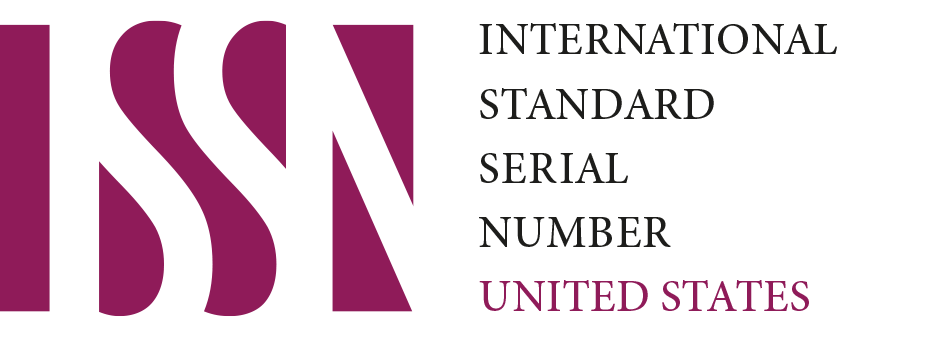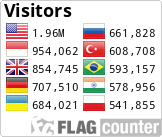Effective Inland Access Program in Supporting Sea Highways in Papua
DOI:
https://doi.org/10.59613/global.v2i5.142Abstract
This research investigates the role and effectiveness of inland access programs in bolstering sea highways infrastructure and connectivity in Papua. As an archipelagic region, Papua faces unique challenges in maritime transportation, necessitating comprehensive strategies to improve accessibility and enhance socio-economic development. Through an in-depth analysis of scholarly articles and relevant publications, this study synthesizes existing literature to elucidate the impact of inland access initiatives on supporting sea highways in Papua. The review reveals that effective inland access programs, encompassing road construction, transportation infrastructure development, and intermodal connectivity, play a vital role in facilitating the movement of goods and people between coastal areas and inland regions. By providing improved accessibility to ports and marine terminals, these programs enhance the efficiency and reliability of sea transportation networks, thereby stimulating economic growth and fostering social integration. Moreover, the analysis underscores the importance of considering local contexts, geographical features, and community needs in the design and implementation of inland access projects in Papua. Through qualitative methodologies and library research, this paper offers insights into the key factors influencing the success of inland access programs and their contribution to promoting sea highways development in the region. The findings highlight the significance of adopting integrated approaches that combine maritime and terrestrial infrastructure investments to optimize connectivity and advance sustainable development goals in Papua.
Downloads
Published
How to Cite
Issue
Section
License
Copyright (c) 2024 Oktovianus Cristian Karubaba

This work is licensed under a Creative Commons Attribution 4.0 International License.







